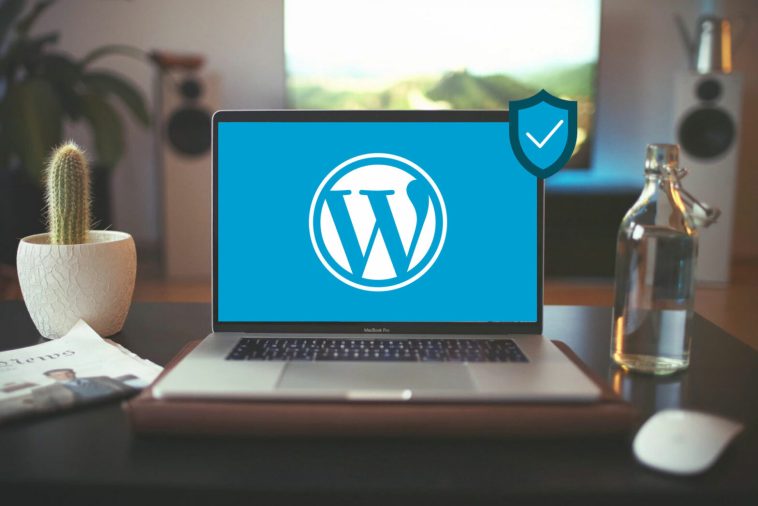Introduction.
Opening the WordPress dashboard is the first step towards building and managing your website.
If you’re using XAMPP as your local development environment, accessing the WordPress dashboard is a straightforward process.
XAMPP is a powerful tool that allows you to create a local server environment on your computer, enabling you to develop and test your WordPress site locally before going live.
In this guide, we’ll walk you through the steps to open the WordPress dashboard in localhost using XAMPP.
Whether you’re a beginner or have some experience with web development, this tutorial will help you get started with managing your WordPress site locally.
So, let’s dive in and explore how to open the WordPress dashboard in localhost using XAMPP.
How Do I Open WordPress Dashboard in Localhost using XAMPP?
Developing a website locally before making it live is a crucial step in web development. XAMPP, a popular open-source software package, provides a powerful local server environment that enables developers to create and test websites on their computers.
If you’re using XAMPP as your local development environment and want to access the WordPress dashboard, you’re in the right place.
In this article, we will guide you through the step-by-step process of opening the WordPress dashboard in localhost using XAMPP.
Whether you’re a beginner or an experienced developer, this tutorial will help you effectively manage your WordPress site locally.
Prerequisites.
Before we begin, make sure you have the following components installed on your computer:
- XAMPP: Download and install the latest version of XAMPP from the Apache Friends website (https://www.apachefriends.org/). XAMPP provides an all-in-one package that includes Apache, MySQL, and PHP, the necessary components to run WordPress locally.
- WordPress: Download the latest version of WordPress from the official website (https://wordpress.org/download/) and extract the files to a folder on your computer. This will be the directory where your WordPress site will reside.
Now that you have XAMPP and WordPress installed, let’s proceed with opening the WordPress dashboard.
Step 1: Start XAMPP and launch the Apache and MySQL services
- Launch the XAMPP control panel. You can typically find it in the installation directory or by searching for “XAMPP” in your computer’s Start menu.
- Start the Apache and MySQL services by clicking the “Start” button next to each component. This will activate the local server environment required to run WordPress.
Step 2: Create a MySQL database for your WordPress site
- Open your preferred web browser and enter “http://localhost/phpmyadmin” in the address bar. This will take you to the phpMyAdmin interface.
- Click on the “Databases” tab and enter a name for your WordPress database in the “Create database” field. Click “Create” to generate the database.
Step 3: Configure WordPress.
1. Navigate to the folder where you extracted the WordPress files. Locate the “wp-config-sample.php” file and rename it to “wp-config.php”.
2. Open the “wp-config.php” file in a text editor. Look for the following lines:
define('DB_NAME', 'database_name_here');
define('DB_USER', 'username_here');
define('DB_PASSWORD', 'password_here');
3. Replace the placeholders ‘database_name_here’, ‘username_here’, and ‘password_here’ with the database details you set in the previous step. Save the changes.
Step 4: Move the WordPress files to the XAMPP htdocs directory
- Navigate to the XAMPP installation directory and locate the “htdocs” folder. This is where you need to copy your WordPress files.
- Move all the extracted WordPress files and folders to the “htdocs” directory.
Step 5: Access the WordPress installation page.
- Open your web browser and enter “http://localhost/your_wordpress_directory” in the address bar. Replace “your_wordpress_directory” with the name of the folder where you copied the WordPress files.
- The WordPress installation page should appear. Select your preferred language and click “Continue”.
- Enter the necessary information, such as the site title, username, password, and email address. Click “Install WordPress” to proceed.
Step 6: Log in to the WordPress dashboard.
- After the installation process completes, you will see a confirmation message with your login credentials.
- Click on the “Log in” button to access the WordPress dashboard. Congratulations! You have successfully opened the WordPress dashboard in localhost using XAMPP. You can now begin customizing and managing your WordPress site locally.
Conclusion.
Working with WordPress locally using XAMPP provides a secure and efficient environment for website development and testing.
In this article, we have walked you through the step-by-step process of opening the WordPress dashboard in localhost using XAMPP.
By following these instructions, you can create a local server environment, set up a WordPress database, configure WordPress, and access the WordPress dashboard to begin building and managing your website.
Local development allows you to experiment freely without affecting your live site, ensuring a smooth and error-free transition when you’re ready to launch.
Now that you have the necessary knowledge, start exploring the world of WordPress development and unlock your creativity to build stunning websites. Happy developing!






GIPHY App Key not set. Please check settings